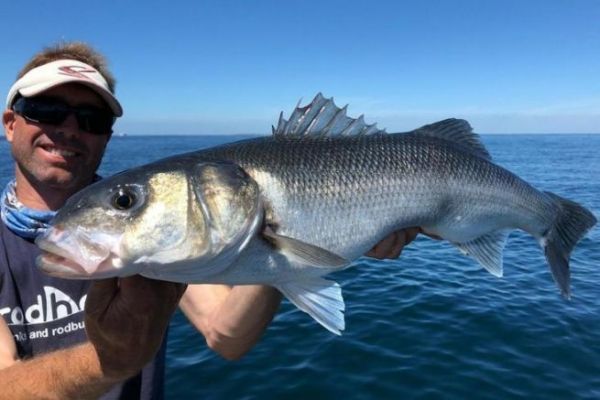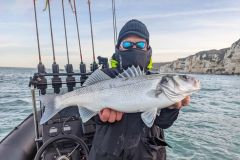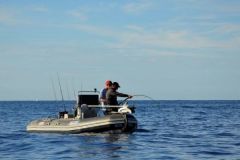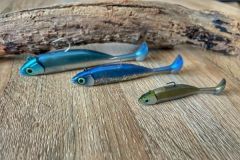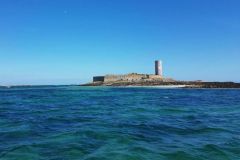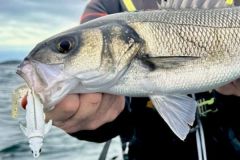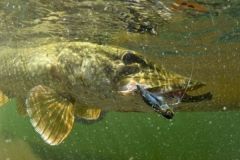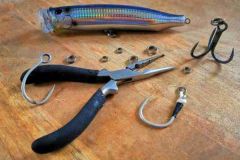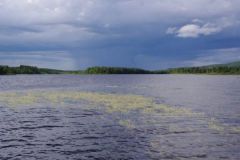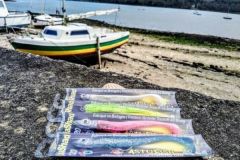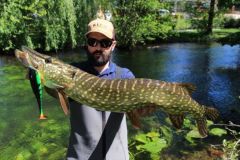Rocky plateaus
La jument, Basse An Ero, les Bluiniers, les Pourceaux and Basse Perennes are well known names to those who explore the archipelago in search of sea bass.
These spots are a must for deep-sea fishing enthusiasts. These are large rocky plateaus, often exposed to the current, which can harbor sea bass mattes if the feed is there, or at least post fish. But these plateaus are not the only offshore spots, and there are many isolated rock heads in the middle of the sand. These rock heads act as oases, and inevitably concentrate life. In fact, you'll often see impressive sonar detections! You could even catch your record fish...
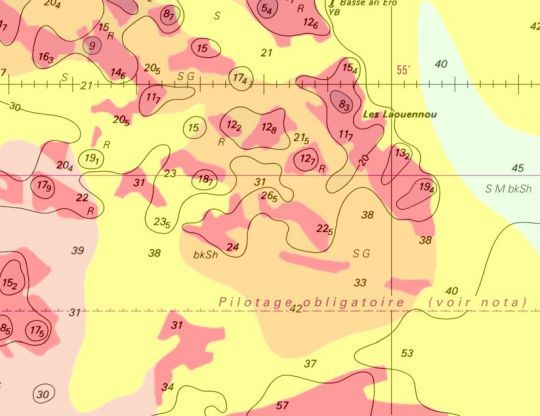
Deep-sea fishing
On these spots, it's imperative to master deep-sea fishing, which takes practice and cannot be improvised. It's not uncommon to find bass at depths of 25 or 30 meters or more when prospecting the edges of plateaus, which are often strategic spots. Assume that you'll be fishing at least 20 metres below the surface, and adapt your equipment and presentations to this unavoidable parameter.
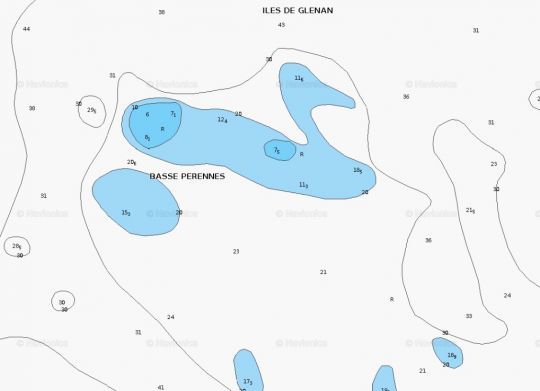
Sandeel or sardine?
Fishing on the outside often requires an understanding of the prey on which bass are focused in order to achieve success. Sandeels are often dominant at the start of the season, and around mid-June, schools of bluefish (sardines, mackerel, etc.) become more numerous, prompting bass to modify their feeding behaviour. You'll need to be observant and adaptable if you don't want to miss out.
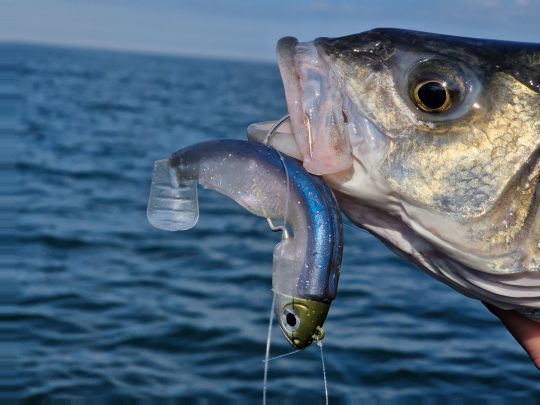
Lures to match
Your box of lures should therefore be stocked accordingly, i.e. varied in terms of shapes and colors. Above all, don't hesitate to go up a size! Shads from 15 to 18 cm and slugs from 18 to 22 cm are the most common and appropriate lures to use in these areas! While it goes without saying that these mouthfuls will enable you to crack the larger specimens, don't be afraid, subjects of around fifty centimetres will attack them just as willingly!
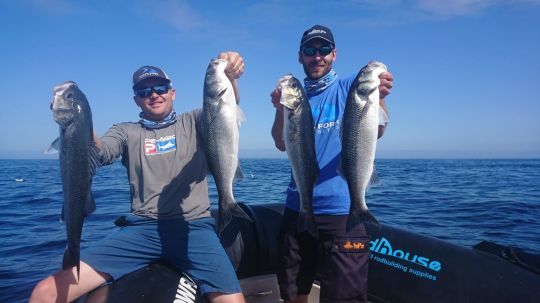
Approaches that work
On the rocky heads and plateaus off the archipelago, fishing close to the bottom and line fishing in the water are the most effective. The latter is particularly effective when the fish are active or when you identify a school in the open water. Trolling, on the other hand, allows you to go after fish posted closer to the bottom.
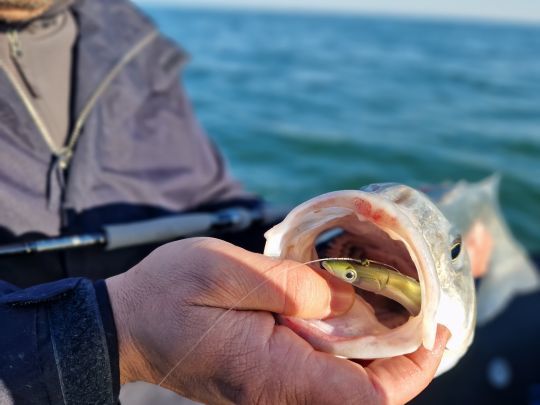
A powerful rod
At these depths, and even more so if the wind is blowing, it's common to use 50 g leaded heads. Ideally, you'll need a rod of about 2m40 and 20-80 g of power. A size 5000 reel fitted with PE1.5 braid and a 35/100 fuorocarbon leader will complete your outfit.
